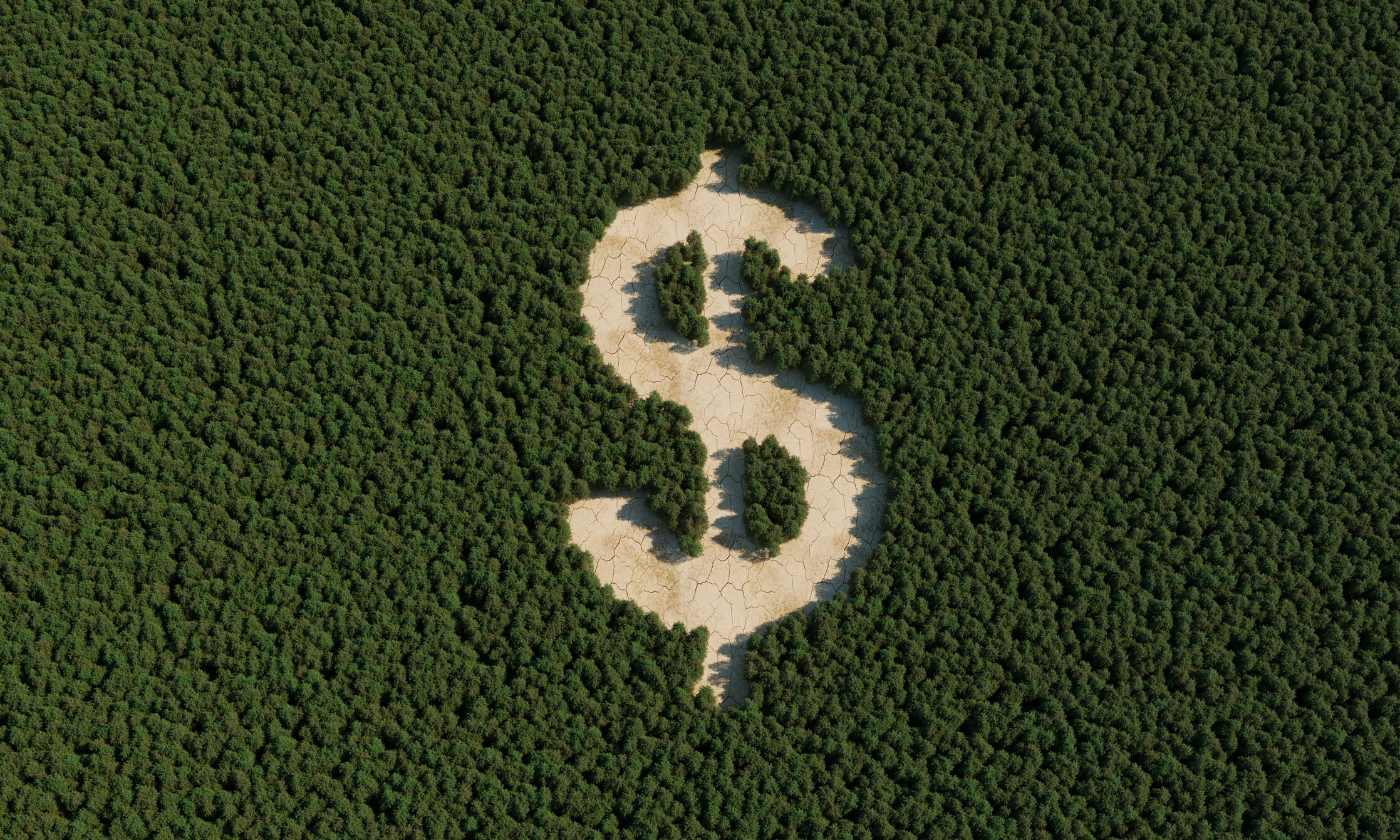

The financial markets are essential in the battle to save our planet. (Photo by Eoneren via iStock)
In the wake of Cop26, the rhetoric around net zero has stepped up considerably. Corporates of every stripe, along with financial institutions and governments, are putting their net-zero goals front and centre, with an ever-growing number pledging to reach the milestone by 2050.
It is a welcome development in the ongoing battle to address the climate crisis. However, as Richard Mattison, president of S&P Global Sustainable1, points out, 2050 is a “whole generation of leadership away”. Today’s leaders need to be thinking far more about the impact they can make in the shorter term.
“It’s a very unusual situation to be in, where we have more information about the long term than we do about the near term,” he says. “There are over 2,000 governments and companies that have signed up to some kind of net-zero target, but for many of them it’s hard to understand what the near-term pathway looks like. How are they going to allocate capital? What is the right route? What are the right series of actions to take?”
A sense of immediacy
As Mattison sees it, the real question is not so much ‘what are you going to do by 2050?’, as ‘what are you going to do by 2025?’ Focusing on the immediate future will force today’s leaders to answer tough questions and instigate behavioural change, rather than relying on hypothetical developments much further down the line.
“That’s an area we’re helping a lot with, because you have to bring those activities together in a way that makes sense,” says Mattison. “You can’t simply tell a bank, for example, that it can no longer finance whole swathes of the global economy. But what you can do is use evidence and data to drive the capital towards sustainable outcomes. There’s a massive opportunity here.”
Launched in April, S&P Global Sustainable1 brings together all of S&P’s resources around ESG and sustainability. At a time when sustainability and business performance are becoming increasingly interlinked, the group sifts through masses of data to provide ESG-focused benchmarks, analytics and outlooks. The capital markets can use these insights in their decision-making process, steering them towards more sustainable outcomes.
“We are facing a ‘code red’ for humanity from a climate change perspective, and capital markets have an opportunity to be part of the solution,” says Mattison. “We need to make sure we can integrate ESG information into financial models, in a format that portfolio managers and bankers are used to.”
Generating greater granularity
Environmental, social and governance (ESG) factors can and – where material and relevant to creditworthiness – do influence credit quality, specifically, the capacity and willingness of borrowers to meet financial commitments. They have always played a prominent role in creditworthiness and, thus, in S&P Global credit ratings – even before the term ESG was coined more than a decade ago.
At times, an entire sector will have its prospects impacted by ESG considerations. Recently, S&P Global Ratings updated its industry risk assessment for the oil and gas integrated, exploration and production industry to incorporate several increasingly material risks, including the energy transition.
However, ESG data and its uses goes beyond risk analysis. S&P Global Sustainable1 has sought to provide a broad spectrum of ESG information to support companies and investors to inform their strategies and enable a net-zero and resilient future.

Make an impact: Richard Mattison, president of S&P Global Sustainable1, says leaders must tackle net zero urgently.
Mattison estimates that, of the 1,200 largest companies in the world, two-thirds will be exposed to high physical risks associated with climate change – due to their assets being situated in locations likely to be impacted by major climate hazards such as droughts and floods. S&P Global Sustainable1 has collated over 700 billion data points on climate risk to inform adaptation and mitigation strategies.
“We’ve analysed where assets are located, the impact on those assets and which companies own them, and then we can aggregate this data to investment portfolios and loan books to determine what exposure a financial portfolio has to climate risk,” says Mattison. “That allows capital market participants to start to make sense of their risk profile, which will inform how much capital they dedicate towards addressing the risk.”
A better approach to risk
He notes that the mood among investors has shifted considerably over the past five years. Until recently, the prevailing view was that the capital markets were only there to provide capital, and that the financial system wasn’t the right place to be thinking about climate change. Since then, there has been a greater appreciation that we are talking about hard risk.
Sustainability isn’t some wishy-washy concept – there are serious issues that the world is facing. Richard Mattison, S&P Global Sustainable1
“Sustainability isn’t some wishy-washy concept – there are serious issues that the world is facing,” says Mattison. “We’ve seen, for example, that the supply chains that are failing fastest are those that have profit maximisation at their heart. There’s a broader appreciation that we need to build a better approach to risk.”
On top of that, many banks and asset managers, especially those that have signed up to the Glasgow Financial Alliance for Net Zero (GFanz), have their own net-zero targets to meet. Factor in the growth in the green bond market, global sales of which S&P analysts believe may set a new record this year, and it’s clear that the financial sector is taking climate change seriously. S&P Global Sustainable1 aims to help its clients forge a path through the complexities, filling in the data gaps.
“We’re here to help with all of that because it’s complicated,” says Mattison. “There’s a lot of uncertainty, and banks don’t always have the information they need from smaller companies. Our asset mapping covers 110,000 companies, which is very useful for them.”
In the wake of Cop26, it will fall to banks and asset managers, not just policymakers, to work out the way forward from here.
“We need a heightened level of ambition now, especially given the latest IPCC [Intergovernmental Panel on Climate Change] report,” he says. “That means we need another big push in the finance sector, to drive clarity around policy. I think there’s going to be even more momentum behind net zero. The whole world needs to get behind that concept if we’re to be successful in addressing climate change, and we’re working hard to provide the data intelligence that’s needed to inform progress.”






